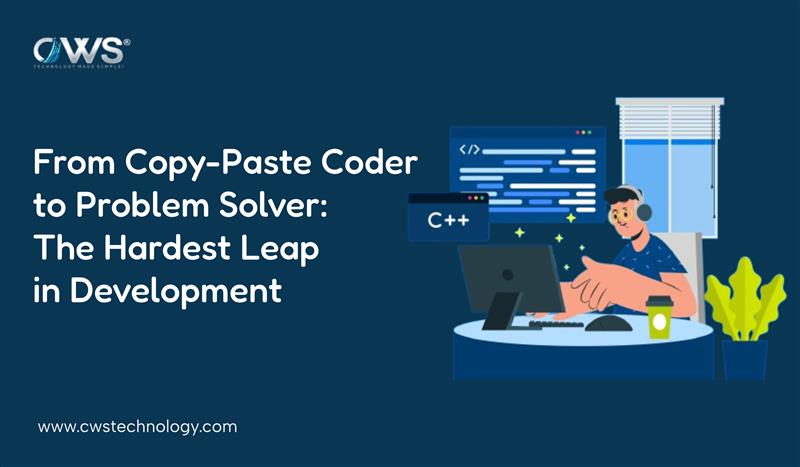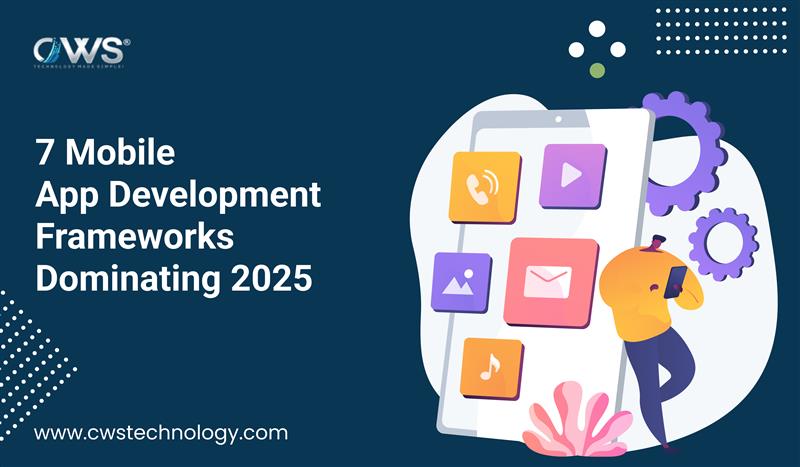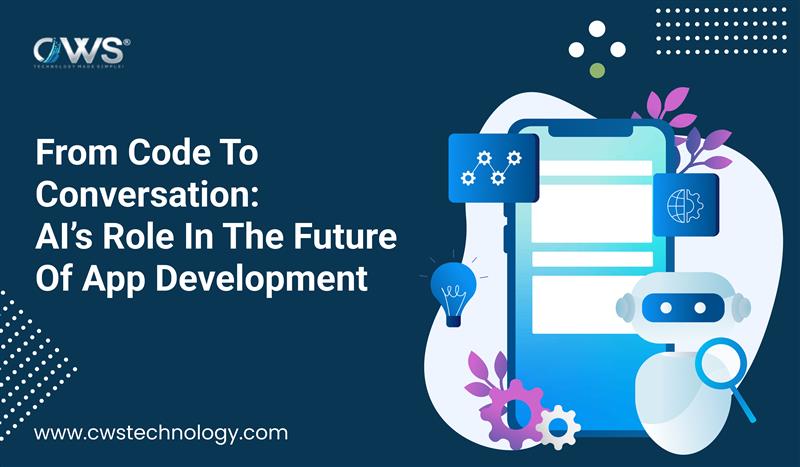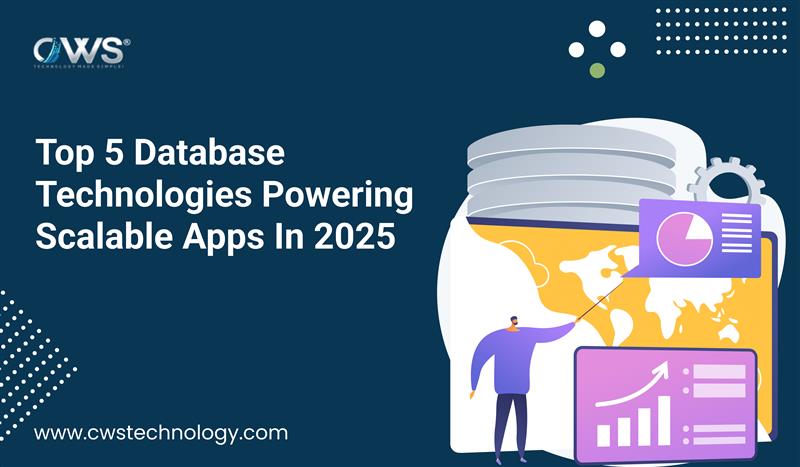The Comfortable Trap
Every developer has had that moment—scrolling through Stack Overflow, finding a snippet that “just works,” pasting it in, and moving on. It feels efficient. It feels productive. But here’s the hard truth: relying on copied code can quietly stunt your growth.
In a global tech workplace, especially in high-performance environments like CWS Technology, the leap from copy-paste coder to genuine problem solver isn’t just a nice-to-have—it’s the defining factor that separates an average developer from one who leads innovation.
Why Copy-Paste Feels Safe
The abundance of code online makes it tempting to borrow instead of build. It saves time, reduces mental strain, and often feels like the “smart” shortcut—especially when you see others doing it.
But the real cost is hidden. You’re learning what works, but not why it works. That missing “why” is what limits your ability to adapt, optimize, and innovate.
The Problem-Solver Mindset
At CWS, the most successful developers aren’t just good at writing code—they’re exceptional at thinking about code. A true problem solver doesn’t stop at making something work; they seek to understand the underlying system, the dependencies, and the logic driving it.
A problem solver:
- Chooses curiosity over compliance, asking “why” before “how.”
- Breaks down complex problems into smaller, solvable parts.
- Consider multiple solutions before committing to one.
- Takes ownership of their code, able to explain and defend it.
The Hardest Leap: From Dependency to Mastery
Making the shift from dependency on ready-made code to genuine mastery is challenging—not because the skills are unreachable, but because it demands patience, persistence, and a willingness to feel uncomfortable.
A copy-paste coder reacts to problems by searching for the quickest fix. They implement without fully understanding, rely on others to debug, and often trust the code blindly.
A problem solver approaches challenges differently. They dissect the problem first, understand the constraints, and only then decide whether to write fresh code, adapt existing solutions, or reuse components. They still use resources like GitHub or Stack Overflow, but as tools—not crutches.
This leap is about moving from execution to understanding, from borrowing to owning, and from quick fixes to lasting solutions.
How to Make the Leap
- Learn by Breaking Things
Take working code and deliberately change it. See what breaks and why. This develops a deeper understanding of logic flow and dependencies. - Practice Coding Without External Help
Set aside time for “no-Google” coding sessions. This strengthens your ability to recall concepts and forces you to rely on your own reasoning. - Understand Before You Implement
Before pasting any code, explain it to yourself line by line. If you can’t, you don’t truly own it. - Document the ‘Why,’ Not Just the ‘What’
Write down the reasoning behind your code choices. This habit forces clarity and strengthens problem-solving skills. - Collaborate to See New Perspectives
Engage in pair programming or code reviews. You’ll learn alternative ways to solve problems and spot patterns in your thinking.
Why This Leap Matters Globally
In today’s competitive tech landscape, companies hire more than just “coders.” They hire thinkers—people who can adapt to shifting requirements, design scalable systems, and troubleshoot under pressure.
A copy-paste coder might help meet a deadline.
A problem solver helps create a product that lasts, scales, and succeeds.
At CWS Technology, we’ve seen this leap transform careers. It turns developers from replaceable contributors into indispensable assets.
The internet can give you answers instantly, but it can’t give you the ability to think critically, debug logically, or architect solutions from scratch. That’s a skill you build by pushing past the comfort zone of copy-paste and embracing the challenge of solving problems yourself.
The next time you’re about to paste a snippet, pause and ask: “Am I fixing this, or am I understanding this?” That small shift in thinking is where real growth begins.








